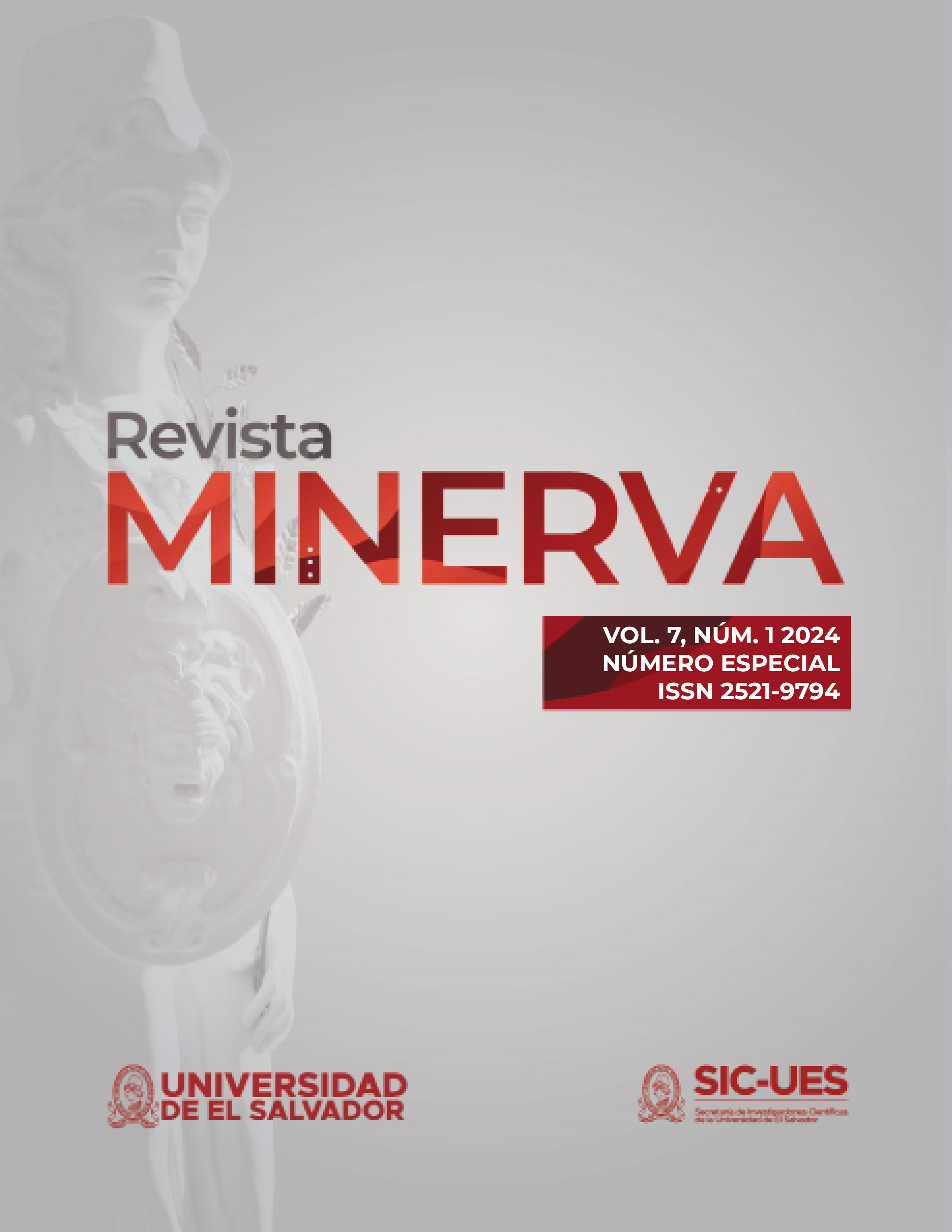Abstract
A historical debt to children and adolescents has been the problem of unwanted pregnancies in childhood and adolescence, because, within the framework of the patriarchal system, the ideas of "romantic love" are inculcated; and because of this, during these stages it is usual to begin to generate idealizations of first love, the first kiss, to begin to feel attraction for someone and other "rose-colored" experiences that have been sold by the entertainment industry. However, reality can be far from fiction and a variety of situations arise that are essential to address with adolescents to ensure their full development within society.
References
World Bank. (2013). ALC: Pobreza, baja educación y falta de oportunidades aumentan riesgo de embarazo en adolescentes. Fecha de recuperación: 2 de marzo de 2023, de https://www.bancomundial.org/es/news/press-release/2013/12/12/lac-poverty-education-teenage-pregnancy.
Barillas, N. (2007). “Diagnóstico de pueblos indígenas del departamento de Sonsonate”. Emprender Indígena ATN/JO-9963-ES. Emprender Indígena ATN/JO-9963-ES (Asociación Coordinadora de Comunidades Indígenas).
Herrera, C. (2018). Mujeres que ya no sufren por amor: Transformando el mito romántico. Los libros de Catarata, Colombia.
Herreros, I. (2017). “Patriarcado, Machismo y Misoginia: Reproche Penal”.
UNFPA. (2020). Llegar a cero embarazos en niñas y adolescentes – Mapa El Salvador 2020. Primera Edición. (2020). Fondo de Población de Naciones Unidas (UNFPA).
Plan Internacional. (s. f.). Consecuencias del embarazo en adolescentes: #CreemosEnLasNiñas y queremos un mejor futuro para ellas. Fecha de recuperación: 2 de marzo de 2023, de https://www.planinternational.org.pe/blog/consecuencias-del-embarazo-en-adolescentes-creemosenlasninas-y-queremos-un-mejor-futuro-para-ellas.
Rubio, G. N. A. (s. f.). El rol de la mujer como transmisora de las tradiciones del pueblo indígena de Nahuizalco, sonsonate, el salvador, 2006.

This work is licensed under a Creative Commons Attribution 4.0 International License.
Copyright (c) 2024 Authors who publish in Revista Minerva agree to the following terms: Authors continue as owners of their work, assigning only dissemination rights to Minerva Magazine under the standards of the Creative Commons Attribution 4.0 International License (CC BY 4.0). This license allows others to mix, adapt and build upon the work for any purpose, including commercially, and although new works must also acknowledge the initial author, they do not have to license derivative works under the same terms.




